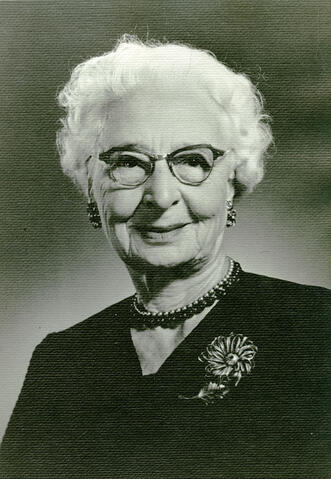
Zona do título e menção de responsabilidade
Título próprio
Dr. Margaret Newton - Portrait
Designação geral do material
- Material gráfico
Título paralelo
Outra informação do título
Título e menções de responsabilidade
Notas ao título
Nível de descrição
Item
Entidade detentora
Código de referência
Zona de edição
Menção de edição
Menção de responsabilidade da edição
Zona de detalhes específicos de materiais
Menção da escala (cartográfica)
Menção da projecção (cartográfica)
Menção das coordenadas (cartográfico)
Menção da escala (arquitectura)
Autoridade emissora e denominação (filatélica)
Zona de datas de criação
Data(s)
-
1969 (Produção)
Zona de descrição física
Descrição física
1 photograph : b&w ; 20 x 27.5 cm
Zona dos editores das publicações
Título próprio do recurso continuado
Títulos paralelos das publicações do editor
Outra informação do título das publicações do editor
Menção de responsabilidade relativa ao editor do recurso contínuo
Numeração das publicações do editor
Nota sobre as publicações do editor
Zona da descrição do arquivo
Nome do produtor
História custodial
Âmbito e conteúdo
Head and shoulders image of Dr. Margaret Newton, honourary Doctor of Laws degree recipient; image likely near time of presentation.
Bio/Historical Note: Dr. Margaret Brown Newton (1887-1971) was a Canadian plant pathologist and mycologist who was internationally renowned for her pioneering research in stem rust Puccinia graminis, particularly for its effect on the staple Canadian agricultural product, wheat. Cereal grain farmers the world over owe a large debt of thanks to Dr. Newton. One of the first two women in Canada to study agriculture at university, she discovered the "presence of physiological races” in rust. This was the essential first step in conquering the rust that had destroyed over 100 million bushels of wheat in 1916. Working at the University of Saskatchewan and at the University of Minnesota, Dr. Newton received her PhD in 1922. None of these achievements were easy. As a woman she had to fight for the same access to the labs which male students had. By 1924 Dr. Newton was the leading Canadian authority on cereal rusts. In 1925 she became head of a team at an agriculture research centre in Manitoba. In 1930 Dr. Newton went to Russia to train 50 students on the problems of rust research. For three months she enjoyed the status of “Russian official” and was given the freedom of the city. On her return to Winnipeg she resumed her research. Unfortunately this work undermined Dr. Newton's health, forcing early retirement. Her important discoveries about wheat rust profoundly influenced the development of prairie agriculture. Dr. Newton was the first woman to receive the Flavelle Medal of the Royal Society of Canada. Further honours: a gold medal from McGill; election to fellowship in the Royal Society of Canada; and a gold medal by the University of Minnesota and her name inscribed in the University of Minnesota Hall of Fame. In 1969 she received an honourary Doctor of Laws degree from the U of S. Dr. Newton died in Victoria in 1971.
Zona das notas
Condição física
Fonte imediata de aquisição
Organização
Idioma do material
Script do material
Localização de originais
Disponibilidade de outros formatos
Restrições de acesso
Termos que regulam o uso, reprodução e publicação
Photographer: Unknown
Copyright holder: Unknown
Other terms: Responsibility regarding questions of copyright that may arise in the use of any images is assumed by the researcher.

